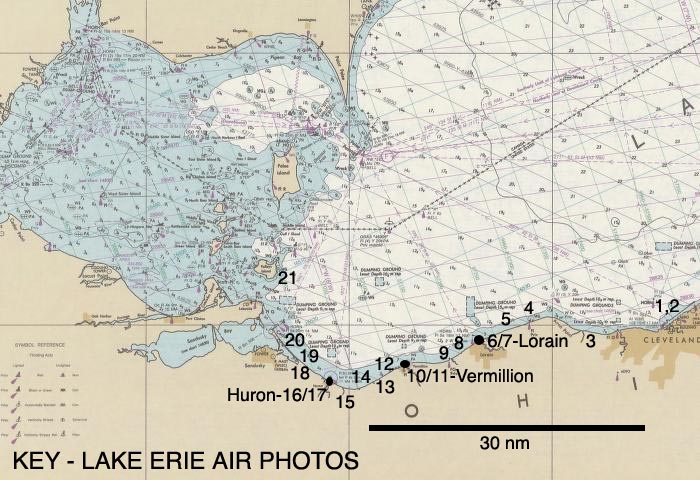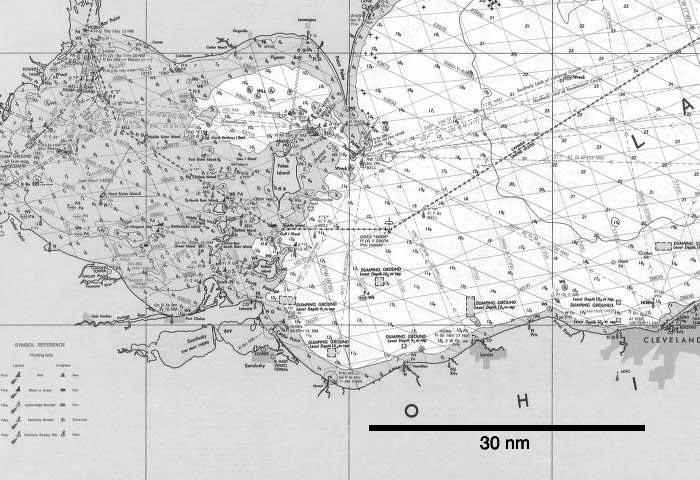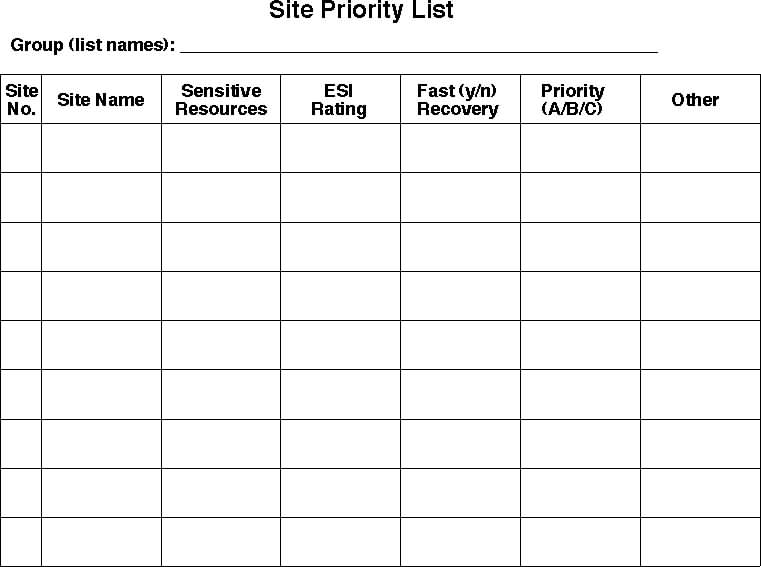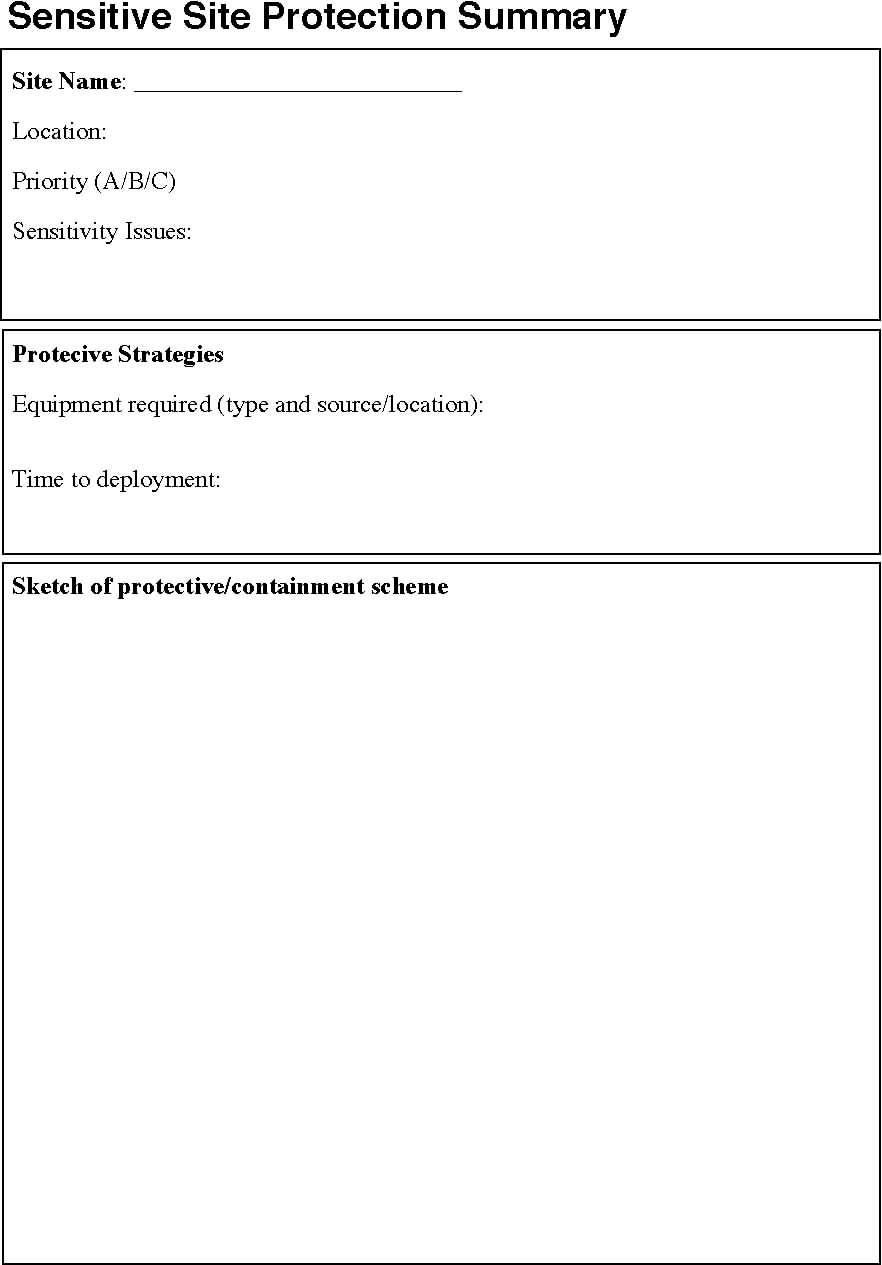
LAKE ERIE OIL-SPILL EXERCISE
This week's exercise involves preparation for a mock oil spill to be conducted in lab on Friday. The class is being divided into groups that will work together to identify and prioritize environmentally sensitive or otherwise valuable areas that will need to be protected from oil. A document that summarizes the factors involved in oil-spill contingency planning has been placed at the eres site and is titlerd the "Oil Spill Primer". You should look through this document to get an idea of how to identify sensitive areas plus others (e.g., water intakes) that would need to be protected in the event of a spill.
Your strategy should involve three elements. The first is containment - how are you going to keep the oil in one place so you can start to clean it up. This can involve either 1) keeping the oil near the point of the spill or 2) diverting it into an area where harm to the environment would be low and containment could be enhanced by natural barriers. The second element of your plan involves protection - where do you need to keep the oil away from and how will you accomplish this. All of these activities usually involve some sort of oil booms, which will have different degrees of effectiveness under different conditions. Finally, you should consider the fastest and most-efficient means of collecting the oil. This can include methods as crude as tossing hay into the spill or as sophistocated as skimmers that suck up the oil, usually inside of a containment area. The fourth element, clean-up, will not be considered direstly in your scenario, but the ability to clean up an area afterward should be a part of your decision about which areas to protect first. The "Oil Spill Primer" describes these activities and also gives you information on the relative effectiveness of various types of equipment.
I have provided several resources to help you set up yout oil-spill contingency plan. Topographic maps of the Lake Erie shoreline between Cleveland and Sandusky have been taped to the wall outide the main lab. I have also set up a projector with a number of air photos in room 213. The map below is a key to let you know where each photo was taken (the numbers on the map correspond to the numbers on the slide carousel). You should look to see whether the coastline is rocky, sandy, flat, cliffed - or look for any other feature that might impact you decisions about opil-spill contingency planning.

Another copy of the western Lake Erie map is provided below for you to record environmentally sensitive sites, other areas/resources to be protected, possible containment areas, etc. as you develop your contingency plan. Copies are provided in Room 213.

There are also copies of site worksheets that will be needed to keep track of your decisions. The first is a "Site Priority List" on which you should list the areas of interest and their characteristics that are important in developing your protection/management strategy. The second is a "Sensitive Site Protection Summary". You should prepare one of these for each area that raises concern. Sketch the shoreline in and then add booms where you would place them if this site were threatened. Indicate what kind of boom you will use and how much of each type will be required to set up this protection scheme. This will be very important when you start to allocate resources during the simulation. Ignore the small stuff like shovels, rakes, etc.


EQUIPMENT AVAILABLE TO YOU
The following is a cost breakdown of the equipment you will have at your disposal during the oil-spill simulation. A price for long-term rent has been provided plus another cost for short-term rental. Material and equipment rented for the long term aree kept on site and can be deployed immediately in the port where you have them stored. There is a 2-hour delay to move materials from one port to another. Delivery times for other materials and equipment are provided below.
Booms:
You have a number of options available. You have access to oil booms to contain,
divert or exclude oil.
- Inland booms can be purchased at $4.00 per foot and rented
for $0.50 per foot per week. They are not effective outside the harbor except
in extremely calm seas (<1.5 ft) and are prone to breaking at the upper end
of that range. Even inside the harbor they will loose 50% of their effectiveness
in high winds (> 30 knots)
- Harbor booms can be purchased at $8.00 per foot and rented
for $1.00 per foot per week. They are effective in seas up to 3 ft. Above 3
ft, they loose 50% of their effectiveness and this increases to 70% above 3.5
ft and 90% above 4 ft.
- Open-water booms can be purchased at $15.00 per foot and
rented for $2.00 per linear foot per week. They will hold oil in seas up to
4 ft, at which point their efficiency drops by 50%. At 5 ft, efficiency drops
by 80% and they are totally ineffective in seas greater than 6 ft.
General: Minimum rental time is 2 weeks; also allow 1 week
for cleaning and shipping back to the supplier (i.e., a week beyond the time
you will need it for the spill). Minimum quantity for free delivery is 1000
feet of boom. Delivery time (including deployment in the water at Cleveland
is 3 hr.
Skimmers:
Various oil skimmers can be brought in to remove oil from the water. Information
on the skimmers is as follows.
Open-water skimmers will loose 50% of their efficiency when
seas increase to over 4 ft and 70% above 5 ft, where the potential for damage
is extremely high. Above 6 ft, they are totally ineffective and should be in
a protected port.
Skimmers designed for protected water can be used in waves
up to 2-1/2 ft, after which they loose 70% of their effectiveness and can be
prone to damage. They cannot work in seas above 3 ft and must be in the harbor
by that time as the likelihood of damage increases significantly. You may rent
as many of the following units as you like on an annual basis, but availability
on short notice is limited as described below.
“ACRU1” brush skimmer: Can be used in open
water and has 1500 bbl of on-board storage. Based on a normal turn-around
for offloading collected oil, you can collect ca 150 bbl of oil an hour. It
will take 6 hr to get the unit on site and working. Annual rental cost is $200,000
and the unit can be stored at the docks for $2000 a year; storage 1 hour away
is $1000. Short-term rental cost is $5,000 per day (1 week minimum) plus a mobilization/demobilization
fee of $15,000. Minimum rental is 1 week at a total cost of . A second unit
can be brought in at the same cost and deployed within 18 hours plus travel
time from port to the spill.
“Aleutian Tern” lifting belt skimmer: Can be used
in open water. It has a capability of removing 50 bbl of oil per hour and is
one hour away. It can hold 500 bbl of oil before it needs to be pumped out,
but also has the capacity to pump directly into a tanker vessel. Annual rental
cost is $90,000 and the unit can be stored at the docks for $2000 a year; storage
1 hour away is $1000. Short-term rental costs $1,500 per day for one unit (1
week minimum) with a $5,000 mobilization fee. Minimum rental is 1 week. Three
units are available for short-tern rent and can be in the water within 6 hours.
“Big Dipper” brush skimmer: Should be used in protected
waters. It has the capacity to remove 50 bbl per hour. Annual rental cost is
$30,000 and the unit can be stored at the docks for $2,000 a year; storage 1
hour away is $1,000. Cost is $500 per day plus $4,000 mobilization. Minimum
rental is 1 week. The units can be mobilized in 9 hours. Four units are available
for short-term rent.
You also have access to eight units housed in Ohio that can be used for the
cost of shipping and materials.
Five of them are SUBSALV1 belt skimmers that can collect 20
bbl per hour in open water. They will take 4 hrs to deliver, deploy and have
pumping within 10 miles of the harbor. Total cost is $2,500 each.
Three are AGVIG weir skimmers that can collect 75 bbl of oil
in seas less than 2 feet. They will take 8 hrs to arrive on site and will cost
a total of $3,500 each.
You have on hand enough absorbent pads to soak up 2,500 bbl of oil. Replacement
materials cost $1000 for every additional 100 barrels of oil you want to soak
up. Using the rags to wipe up spills from rocks and other smooth surfaces will
reduce their efficiency by 50%. You can also purchase straw for a negligible
cost. However, the only way to clean the straw is to bury it in a landfill or
burn it. We will assume that dispersants and emulsifiers will be used only as
a last resort or in well confined areas to clean substrate, oiled birds, etc.
For the purposes of this exercise, don’t consider them in your budget.
Boat Support:
The National Guard can move tanker trucks into place to hold spent oil as it
comes ashore. The Coast Guard and the Port Authority will provide vessels to
move booms and transport equipment.
However, you must provide tanker vessels to carry recovered oil and seawater back to shore. Each tanker vessel rents for $500 per day and can be on site in two hours. They will hold 250 barrels of oil and can travel at a speed of 5 knots. Pumping recovered oil from the vessel on shore takes one hour. It will take an hour to get a tanker rigged and on site in Cleveland. Remember to add time (one hour for every five nautical miles) if the spill is not near the mouth of the harbor when you request a new boat.
Your budget is $250,000 for the year, which includes
long-term and short-term rental.
Please use the form below to record the equipment you will have on hand at the start of the scenario. Then, using the number/amount you will have on hand, calculate the total cost and dedust this from your available funds As you order materials and equipment after the simulation starts, you will add them to this sheet to keep thrack of your remaining funds.
If you don't want to use your print quota, I have placed copies of this form in Room 213 for you.
![]()